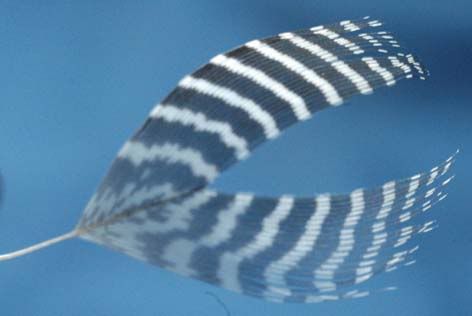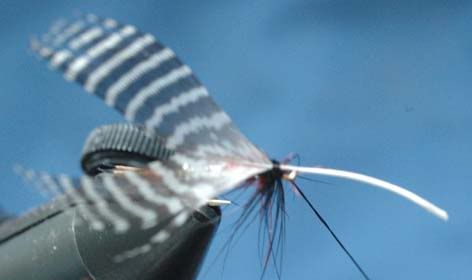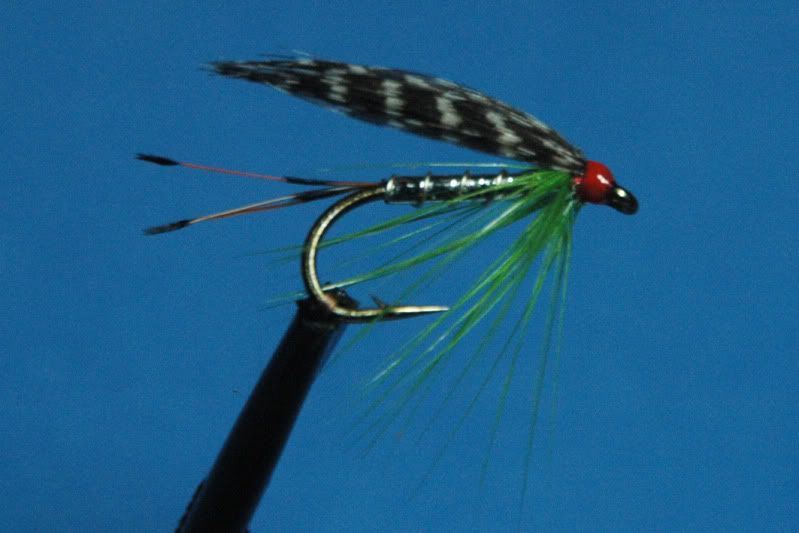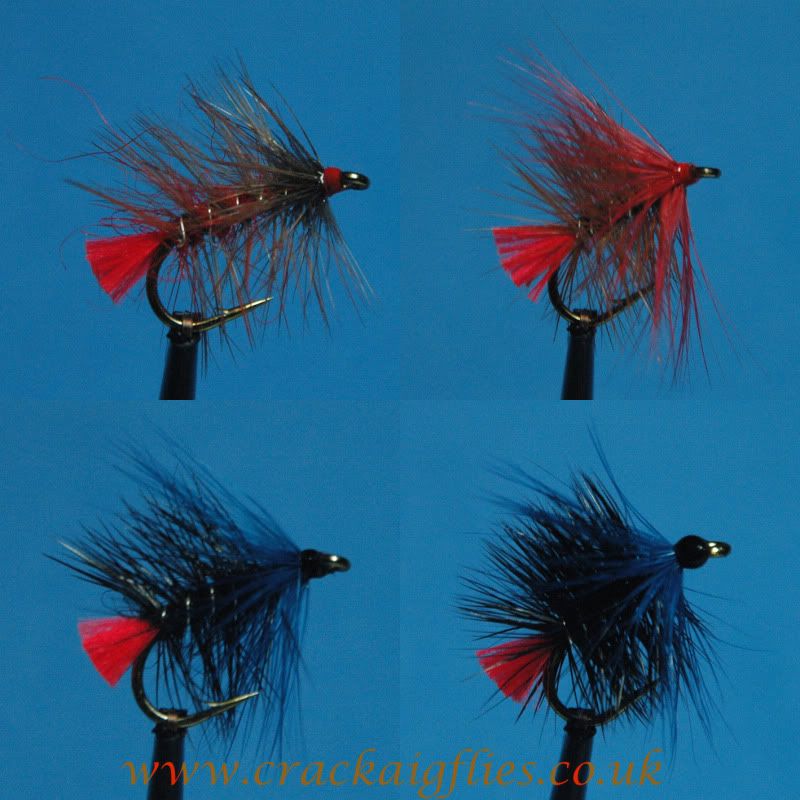I'm still re-perusing The Fly-Tying Bible by Peter Gathercole.
Another streamer pattern caught my eye, the "Teal Blue Silver".
My main problem is I don't have any teal feathers. Mallard is SORT of similar, but without the nice barring. I tried it anyway.
Would this be considered a "Mallard Blue Silver"?
I'd never tried the "folded wing" before, and it turned out much smaller in profile than I wanted.
Next, I tried using grizzly hackle feathers for the wing. ("Grizzly Blue Silver"?) This turned out ok. I did coat the heads with Clear Cure Goo.
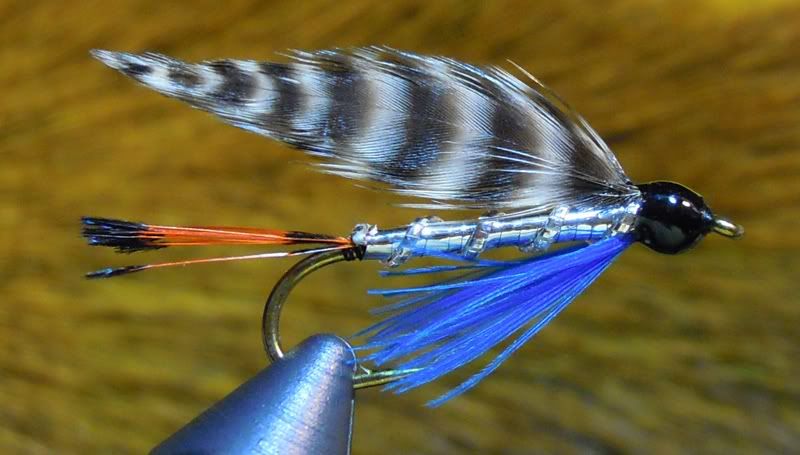




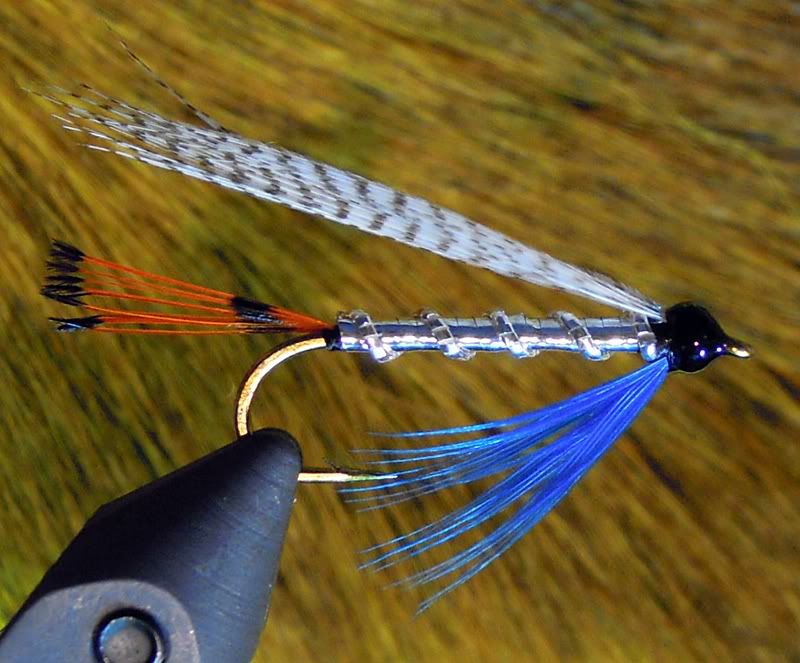
 Reply With Quote
Reply With Quote

